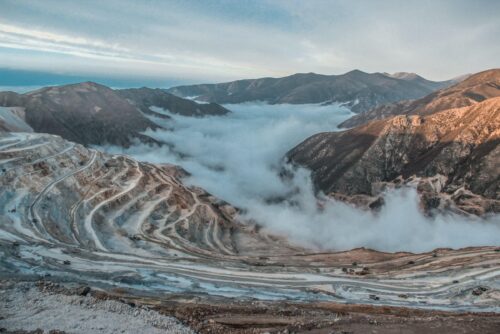- What did the diamond market look like in the past?
- How did it change over the years?
- Which evolutions will the diamond market undergo in coming years?
For many, world famous diamond giant De Beers is still synonymous to total control over the diamond market. The diamond world, however, is constantly evolving. How did the market function in the past? What does the future hold?
What did the diamond market look like in the past?
For the bulk of the 20th century, De Beers reigned free in the global diamond industry. In the late 1800’s, Cecil Rhodes started the company in concert with the Central Selling Organization, now the DTC, with exclusive rights to suppliers. It gave them a large advantage over other diamond merchants, and one they would keep for a long time. Even though De Beers’ monopoly was subject to a lot of criticism throughout the years, it was responsible for the iconic position diamond holds today.
The establishment of the Russian Alrosa in 1992 and the opening of many new diamond mines across the globe ended De Beers’ monopoly for good.
How did it change over the years?
The 1990’s formed a crucial tipping point for De Beers. The fall of the Soviet Union weakened collaborations with Russia, as did the establishment of Alrosa. Around the same time, the Australian Argyle mine, the largest producer of coloured diamonds globally, left the De Beers group. New mines in Canada owned by other diamond industrials offered a new source of diamonds outside of De Beers’ control. Their market share plummeted from 85% to 65% and kept shrinking.
Even though De Beers is still one of the world’s leading powers in the global diamond market, it seems unlikely that they will ever regain their former position. With 23,8% of global diamond production, they now follow market leader Alrosa, which takes first place with 29%.



